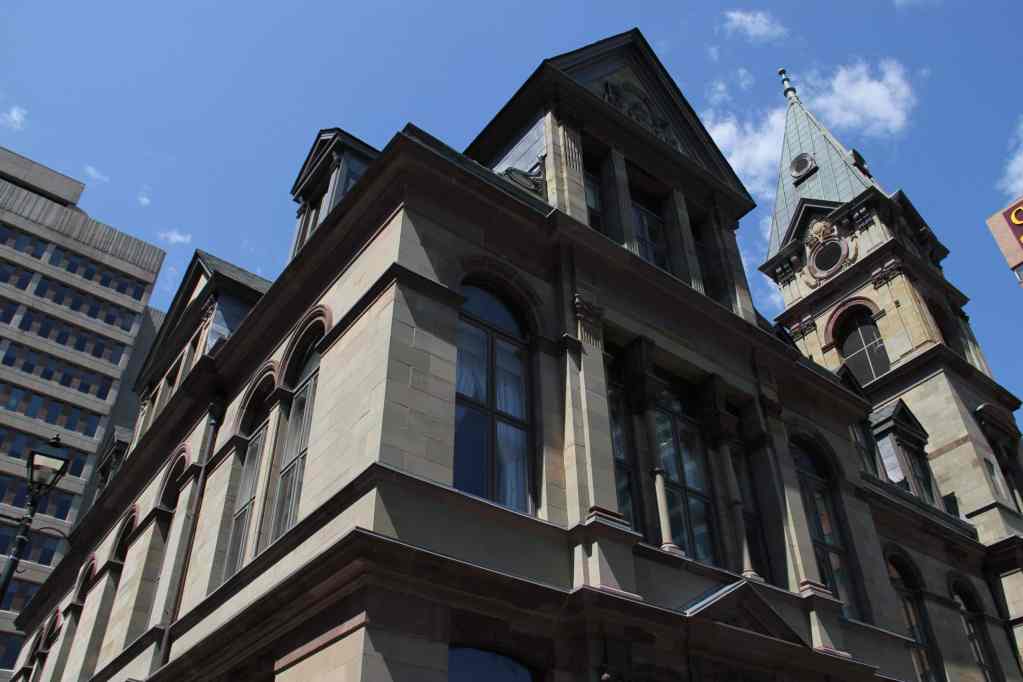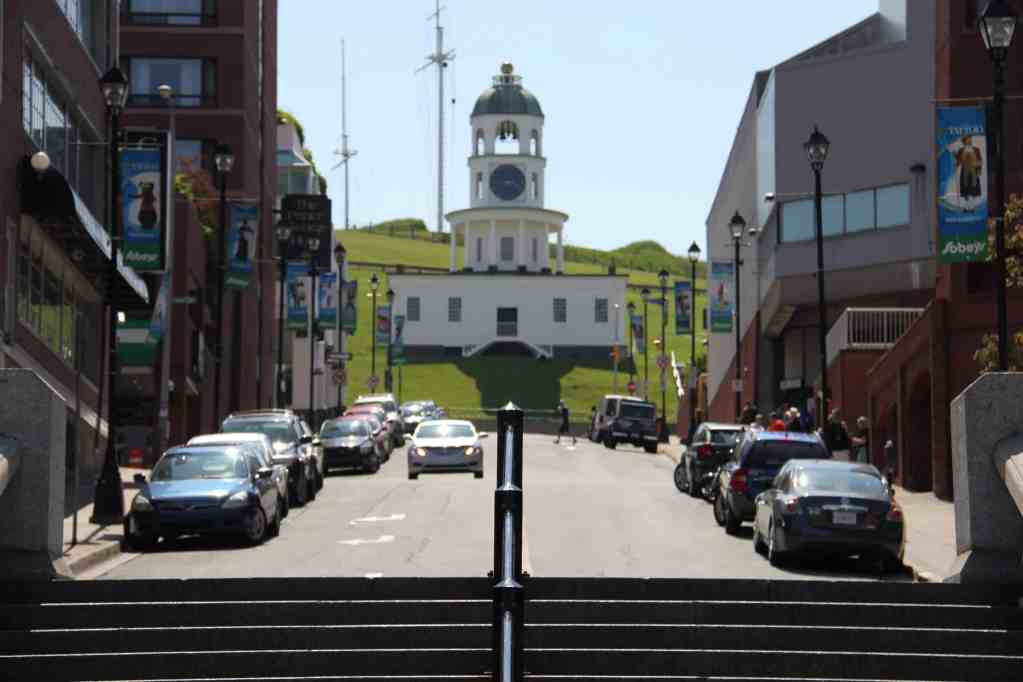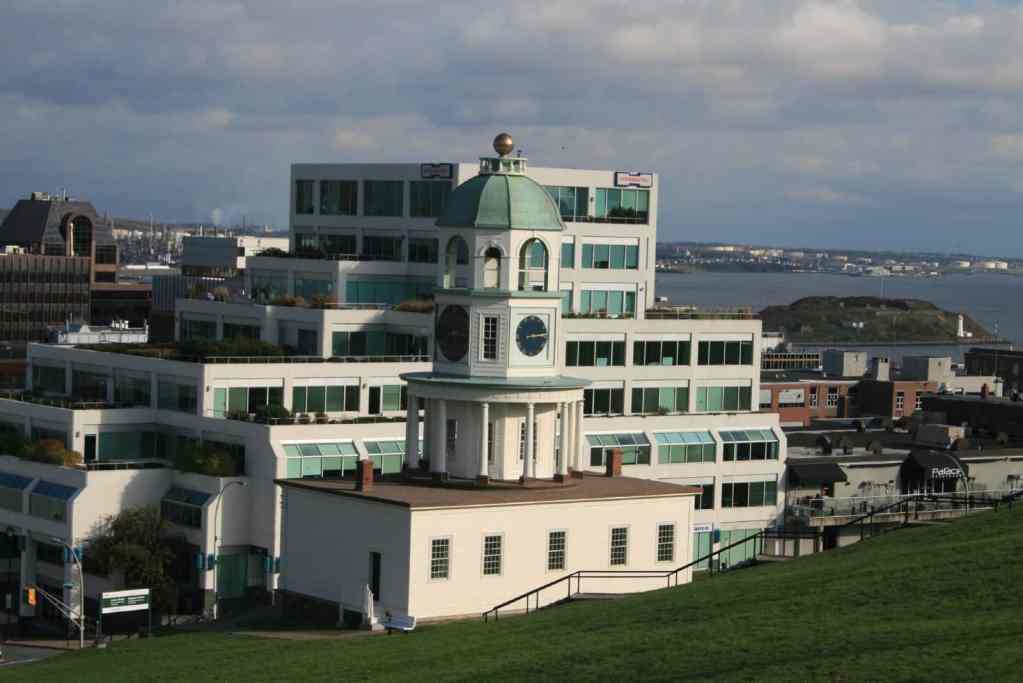If you’re looking to explore Maritime Canada, there’s no better hub than Halifax, Nova Scotia: inescapably laid back, vibrantly cultured, and pleasantly walkable, the largest city in Atlantic Canada is in every way emblematic of the eastern Canadian lifestyle. But despite being the Maritimes’ largest city and economic capital, it feels very much like a small town, lined with colorful wood-paneled houses and dotted with public green spaces.
Because Nova Scotia sits at the eastern end of Canada, it has become necessarily self-reliant: craft beer and an ambitious arts scene steer the university populace, while upscale restaurants and supermarkets are based largely on homegrown, locally-sourced produce. This makes for a totally unique tourist experience, and the guarantee that what you eat, see, and experience in Halifax can’t be found elsewhere.
Table of Contents
Your Travel Guide to Halifax, Nova Scotia

See Halifax
Halifax is a seaside town, and the smell of the Atlantic permeates every inch of downtown. Take a stroll along the seaside boardwalk for a glimpse of children’s TV icon Theodore Tugboat, food stalls with sweet doughy Beaver Tails, and the austere stone-built Alexander Keith’s Brewery. From the classical Historic Properties to the modern Seaport Farmers’ Market, the harbor is a truly beautiful stretch in the summertime—though it can be a bit of a slog in the wind, snow or rain, which, to be honest, encompasses much of Halifax’s year-round weather patterns.
If parks are on your mind, Halifax has a bunch: visits to Point Pleasant, the Public Gardens, the Commons or Citadel Hill are all within walking distance from the city center. If you’ve time for a tour, Fort George, the star-shaped British fort crowning the hill, is a very cool piece of history—Canada’s mightiest fort that was never attacked. (Speaks volumes about this nation’s military history, really.) Be sure to stick around for the changing of the guard ceremony, performed by young Haligonian men with thick 18th-century beards and red jackets.

Do Halifax
While shopping is something of a last-ditch travel activity, Halifax has some very cool spots: the string of antique stores across Agricola in the North End are treasure troves of old Maritime kitsch and World War II-era memorabilia, while the downtown core boasts a slew of vintage clothes shops for men and women—particularly the colorful Queen Street strip.
For shoppers uninterested in clothes, the Seaport Farmers’ Market brings in farmers, bakers, candle-makers, and jewelry craftspeople from across Nova Scotia. Grab some fresh baguettes and cheese and rent a bike from downtown to soar through the glitzy South End mansions to Point Pleasant Park. For a real calorie burn, bike along the suburban-driven Bedford Basin, to the rustic Long Lake or along the rural Purcells Cove Road.
By night, check the local listings for any theatre or music shows going on—there’s always something, and the shows are reasonably priced. If you feel like dancing, Reflections Cabaret and the Seahorse Tavern are municipal staples that can’t be beat—though the lineups might get long after 11 p.m., so arrive early.

Eat Halifax
You might think the single most important culinary rule here is to eat seafood, but it’s not: it’s to eat local. Not that they’re mutually exclusive, of course, but the province is rife with farmers selling fresh produce all year-round, and the city has adapted to provide fresh cuisine for surprisingly affordable prices. For fancy, vegan-friendly and uniquely delicious restaurants, check out Wooden Monkey, Chives Bistro or Edna for rotating seasonal menus of innovative green salads, fresh-caught scallops and halibut, and locally baked breads. Indulge in lobster if you must, but be prepared to pay a hefty price.
Or, conversely, ignore all of that, get drunk and grab a Lebanese-inspired donair from King of Donair or Sicilian Pizza. Donairs are greasy piles of meat slashed off large rotating skewers, tossed into a soft pita with onions and tomatoes, and slathered in a sour white sauce. Nothing is better at 3 a.m.
Don’t stay in for breakfast the next morning, either: hit breakfast joints include the Coastal Cafe (small room but unfailingly original dishes), the Ardmore Tea Room (the ideal greasy spoon with bottomless coffee) and Maxwell’s Plum (eggs, bacon, toast and fries for a whopping $2.99 on Saturdays). If your stomach doesn’t feel awful yet, head over to the beloved student corner store Jubilee Junction for one of their gargantuan homemade ice cream sandwiches—a pure treat on a hot summer day.

Drink Halifax
Nova Scotians’ love of beer is no secret, and the proof is in the hops. That a formative Halifax mayor, Alexander Keith, is nationally known for his beer brand should speak volumes. But the city belongs to microbreweries now, with Garrison and Propeller leading the pack with growlers of seasonally unique ales. For aspiring vintners, the Annapolis Valley has evolved into the province’s wine hub in the last 10 years, and you can find all of it in Halifax, or launch a convenient day tour into the eastern valley from the city.

Get Around
Halifax is a tiny city—to cross the peninsula width-wise by taxi costs around $13. (Lengthwise might be about $20.) But buses run all the helpful routes fairly conveniently for less than $3 a ride, or you can rent a bike for $25 per day downtown. More importantly, you can walk from midtown downtown in no more than 30 minutes, and car rental shops are easy to find.

Get In
Halifax’s only airport is Stanfield International, and it’s far. Like, a 40-minute, 60-dollar taxi ride far. The municipal government thankfully created a bus route only recently that services the airport every 20 or 30 minutes; if you can’t wait, you’ll have to shell out enough for a taxi, or call ahead to one of the several upstart driver services, like Driver Dave or Sunshine Share-A-Cab.
The city’s train station is much more conveniently located on the cusp of downtown by the waterfront. Though trains are just as expensive as flights (if not more so), the ride will be much nicer, and the train line connects Halifax with the rest of Canada, shooting out from the crowded New Brunswick woods and across to British Columbia.



